Prinias is a village and the seat of the Prinias community in the Gortyna municipality, located in the Heraklion regional unit on the island of Crete, Greece. It is situated 25 kilometers southwest of Heraklion.The residents are mainly engaged in agricultural activities and animal husbandry. Their primary income comes from olive oil, as the area is abundant in olive groves. There are also many vineyards that produce grapes, raisins, wine, and tsikoudia (a traditional Cretan spirit) from the distilleries.
Historical References
Prinias boasts a historical tapestry woven with threads from various eras. Its earliest mention dates back to 1577, when Fr. Barozzi recorded it as “Prinea.” This reference, alongside its consistent appearance in Venetian, Turkish, and Egyptian censuses, underscores its enduring presence throughout centuries of shifting rulers and cultural influences.
The discovery of the ancient city of Rizinia within its vicinity adds another layer to Prinias’ historical narrative. The archaeological site, with its remnants of Minoan and Archaic settlements, suggests a continuous human presence in the area dating back to the Late Minoan III period. This rich archaeological context positions Prinias as a significant contributor to our understanding of Crete’s ancient past.
The village’s administrative evolution also reflects its historical journey. Initially part of the broader Krousonas municipality within the Malevizi province, it gained autonomy in 1925 with its designation as a community. This administrative shift marked a turning point in Prinias’ development, allowing for greater self-governance and local decision-making.
Location
Prinias occupies a picturesque setting in the southernmost part of the Malevizi province, nestled amidst the foothills of the majestic Mount Psiloritis. Its elevation of 610 meters above sea level offers breathtaking vistas of the surrounding landscape, including panoramic views of the entire Heraklion regional unit from the nearby Perdikokorifi peak. The village’s mountainous terrain and proximity to Psiloritis contribute to its unique microclimate, characterized by cooler temperatures and abundant natural beauty.
Historical Significance
The archaeological site of Rizinia, with its evidence of continuous habitation from the Late Minoan III period to the Archaic period, offers valuable insights into the evolution of Cretan society and culture over millennia. The presence of two Archaic temples, one showcasing early examples of Daedalic sculpture, further underscores the site’s importance in understanding the development of artistic expression in ancient Crete.
The village’s potential connection to the Eteocretans, an enigmatic indigenous population of Crete, adds another layer of intrigue to its historical narrative. The findings suggesting snake worship and the presence of a deity with raised arms at the eastern temple on Patella hill hint at unique religious practices and cultural traditions.
Beyond its archaeological significance, Prinias also played a role in the broader historical events of Crete. Its inclusion in Venetian, Turkish, and Egyptian censuses highlights its continuous presence throughout periods of foreign rule. Its administrative evolution, culminating in its designation as a community in 1925, reflects its growing importance within the region.
Population Data Over the Years
Year |
Population |
|---|---|
1900 |
348 |
1920 |
375 |
1928 |
403 |
1940 |
504 |
1951 |
542 |
1961 |
577 |
1971 |
438 |
1981 |
459 |
1991 |
417 |
2001 |
369 |
2011 |
328 |
Archaeological Interest
The archaeological site of Rizinia belongs to the village’s area. On the Patella hill, there was an ancient city called Rizinia. The hill was first inhabited in the Late Minoan III period and was not abandoned in the Archaic period, as is the case with almost all the cities founded at that time by Minoan refugees.
Two Archaic temples from the 7th century BC were excavated on Patella hill. The one located further east is older, probably from the late 7th century BC, is considered more important, and is a variation of the temple in antis, but many of its elements are reminiscent of the small sanctuaries of the Late Minoan III period. There was only one square pillar between the anta of the pronaos and two wooden columns in the middle of the cella. The facade of the temple was adorned with a relief frieze of horsemen, and the lintel had a small frieze of animals and two seated statues of deities. These sculptures are among the first examples of the so-called Daedalic sculpture.
It is believed that Prinias was also a refuge for the Eteocretans, like Karfi. A temple was found in the eastern part of the hill where findings were discovered that suggest the worship of the snake, as well as a deity with raised weapons.
On the western side of the hill, there was a castle dating back to the 4th or 5th century BC and a cemetery.
Current Status
The majority of its residents are engaged in agriculture and animal husbandry, with olive oil production being a primary source of income. The village’s picturesque setting, surrounded by olive groves, vineyards, and the imposing presence of Mount Psiloritis, contributes to its tranquil charm.
The central church of Saint George, along with other smaller churches in the parish, serves as a focal point for religious and community life. The archaeological site of Rizinia attracts visitors interested in exploring Crete’s ancient past. The natural beauty of the surrounding area, including the Perdikokorifi peak and the valley of Prinias, offers opportunities for outdoor recreation and ecotourism.
Village Key Points
- Historical References: Mentioned in Venetian, Turkish, and Egyptian censuses. Part of the Malevizi province since 1881. Became a community in 1925.
- Location: 25 km southwest of Heraklion, southernmost part of Malevizi province, foothills of Psiloritis, altitude 610 meters.
- Historical Significance: Home to the archaeological site of Rizinia, indicating habitation since the Late Minoan III period.
- Population data over the years:The demographic trajectory of Prinias reveals a dynamic pattern of growth and decline.
- Current Status: A village of 328 residents, primarily engaged in agriculture and animal husbandry.
Access
Prinias is 7.9 kilometers away from the town Krousonas and 2.9 kilometers away from Agia Varvara















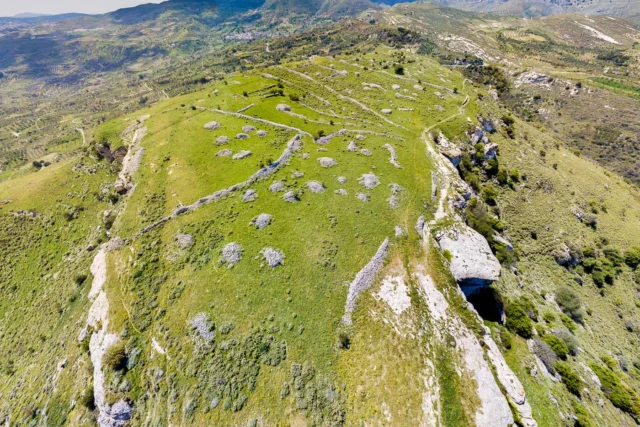

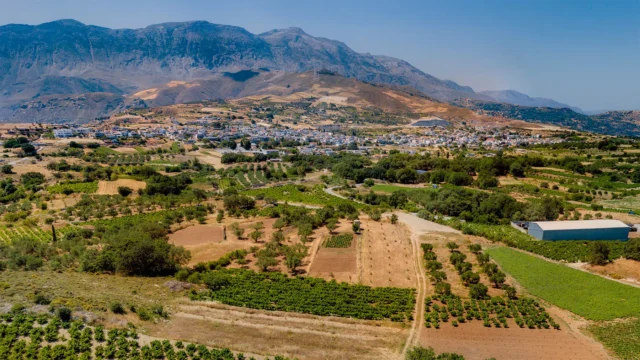

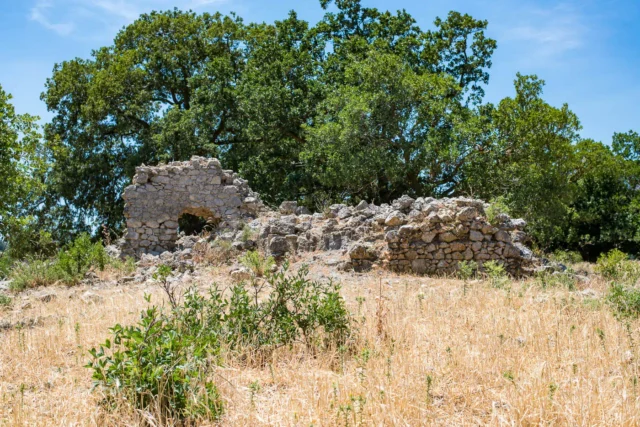

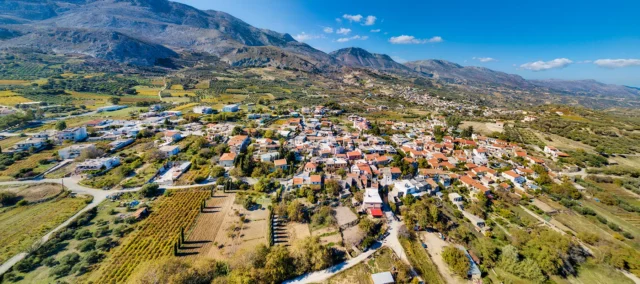
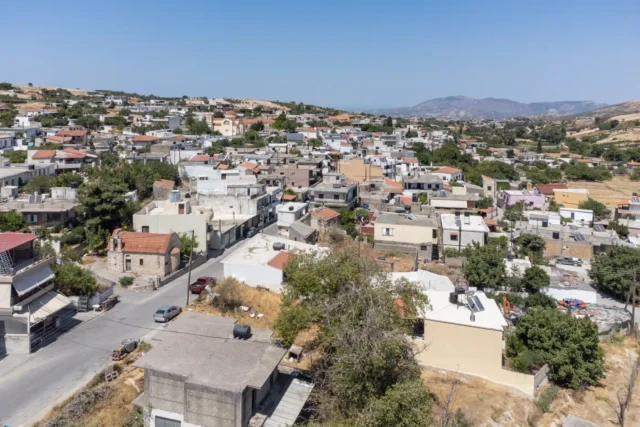

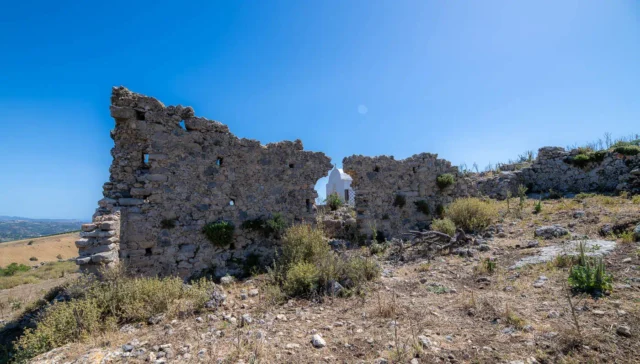
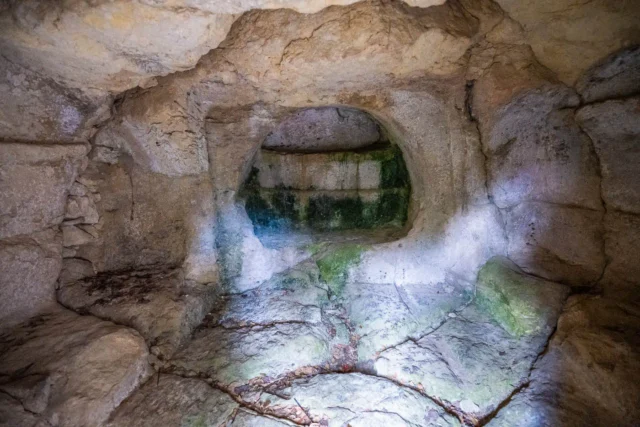

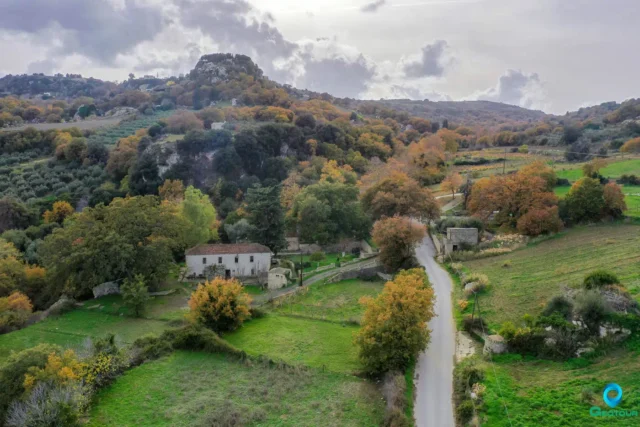

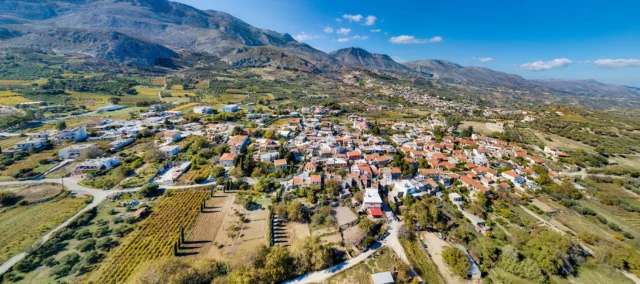
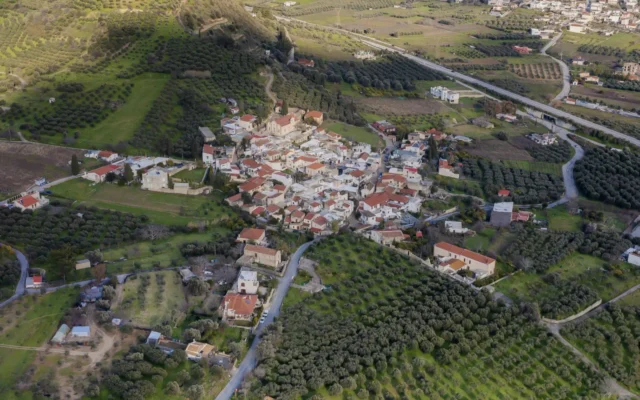
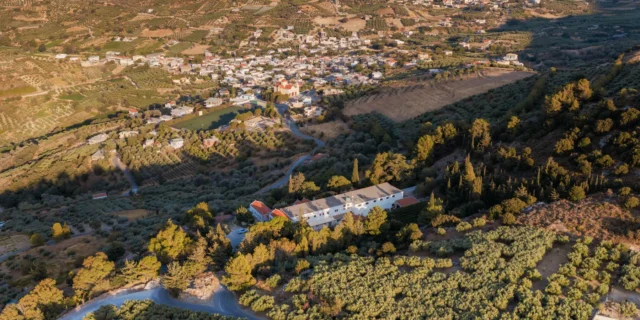

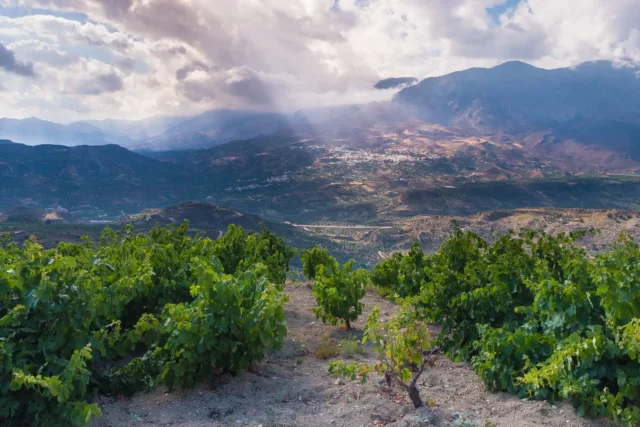

There are no comments yet.